Here's 7 tips for fire equipment maintenance in the summer!
We’re all feeling the heat this summer. And if we’re struggling, so is your firefighting equipment. Climate damage is one of the leading causes of deterioration of fire equipment so here's 7 tips to protect the tools that save lives!
1. Protect your fire equipment from UV damage.
Anything made of plastic or rubber, such as o-rings, hoses, and gaskets, can deteriorate and become damaged by UV rays. Avoid leaving such equipment in uncovered areas for a long period, especially between 10am and 5pm.
2. Clean your tools regularly.
Blockages cause more heat, which can be damaging to your equipment. Make sure specifically to clear out any dirt, dust, or debris from hoses, nozzles, rescue tools and other small openings.
3. Store your equipment in climate-controlled areas.
Like UV damage, heat will damage anything made of plastic and rubber over time. Whenever possible, store your fire equipment in cool, dry areas.
4. Add extra fluid to your equipment such as compressors.
Make sure fluid levels are topped off. The more fluid volume, the faster the heat can dissipate without contaminating your fluids.
5. Regularly replace compressor air filters.
This ensures that your compressor is breathing properly as blocks can add extra strain during the summer.
6. Be extra mindful of any digital devices in the heat.
The electronic components are extra sensitive to the heat. Always store them in cool, dry areas.
7. Schedule regular maintenance with a trained technician.
This will ensure that everything is prepared to beat the heat by someone who knows this equipment inside and out.
AOS provides maintenance for SCBA’s, fit testing, hydrostatic testing, hoses, ladders, Level A/B suit testing, compressor services, small engines, rescue equipment, pump testing, ladder testing, aerial ladder testing, gear cleaning and more!
Call AOS today to schedule a maintenance visit for your DoD fire department.
361-727-1645
